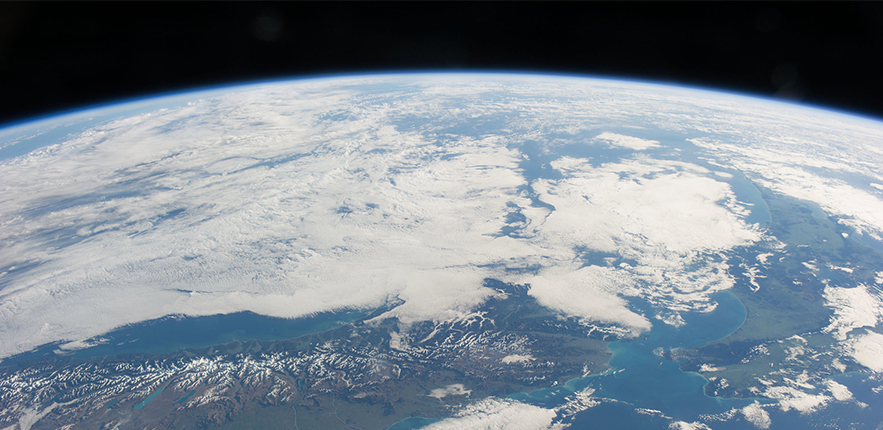Global warming

Slideshow image: Featured image: Image caption: Opinion: Reduce, remove, reflect — the three Rs that could limit global warming Image link: Opinion: Reduce, remove, reflect — the three Rs that could limit global warming Sort order: 1
Shorthand Story: NQA2FVlKSn Shorthand Story Head: CISL’s COP29 Asks Shorthand Story Body: Introduction CISL’s four ‘asks’ 1. Robust and inclusive NCQG 2. Ambitious and investable NDCs 3. High-integrity carbon markets 4. Loss and Damage Fund Conclusion About LinkedInTwitterFacebook CISL’s COP29 Asks COP29 is being hosted by Azerbaijan in Baku this year against a backdrop of…

Image courtesy University of Cambridge Wednesday, October 23, 2024 This department is part of a new University of Cambridge MPhil Programme which will deliver training related to the development of new materials for the transition to a low-carbon society. The MPhil Programme in Advanced Materials for the Energy Transition is an eleven-month Master Programme that…
Shorthand Story: ErytKptoF2 Shorthand Story Head: CLN MoreRenewables Shorthand Story Body: Introduction Robust laws enable the transition More renewables for more people Businesses and governments must talk to each other Support the campaign We are asking governments to implement robust laws for #MoreRenewables Strong, streamlined laws are a crucial part of the energy transition. That’s…
Reference: Date: Wed, 01/24/2024 The number of illegal fires across the district has fallen 58% in a year according to East Cambridgeshire District Council. The council has been cracking down on the burning of commercial waste as part of its commitment towards a cleaner, greener East Cambridgeshire. Burning waste, particularly oil-based wastes, plastics and treated…

A research mission to Antarctica will study the effects of global warming on the West Antarctic ice sheet. The mission is part of an international research programme, which includes researchers … The post International team heads for Antarctica to study global warming effects appeared first on British Antarctic Survey.
Interactive maps by Climate Central show how different extents of global warming could affect Cambridgeshire
